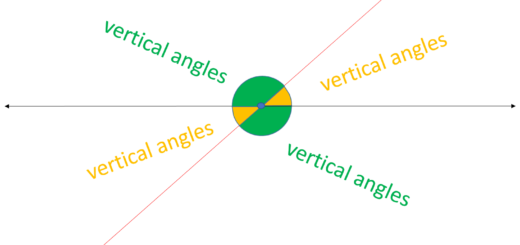ATOMS AND MOLECULES
Summary of atoms and molecules

Summary
The ancient philosophers have tried to understand the form of matter. Around 500 BC it was the Indian philosopher maharishi Canada who postulated that if we keep dividing the matter, we get smaller particles, the particles were named as anu and parmanu .
Around the same era ,the ancient greeks came to believe that all matter consisted of 4 basic substance earth, fire , water and ether .
Leucippus ,teacher of Democritus proposed that matter was made of small particles .Democritus was first to use the word “atomos”:the smallest indivisible part of matter.
By 18 century scientist recognized the composition of elements and compounds .
Antoine Lavoisier laid the foundation for two important laws of chemical combination.
LAWS OF CHEMICAL COMBINATION

Law of conservation of mass: It states that mass can neither be created nor destroyed in a chemical reaction.this means that during a chemical reaction the sum of the masses of the reactants and products remain unchanged.
Law of constant proportions: It states that in a chemical compound the elements are always present in a definite proportion by mass.
The next problem faced by scientists was to give appropriate explanation of these laws . Dalton picked up the idea and formulated the Dalton’s atomic theory . The postulates are as follows
All matter is made of very tiny particles called atoms .
Atoms are indivisible particles, they can neither be created nor destroyed in a chemical reaction.
Atoms of a given element are identical in mass and chemical properties .
Atoms of different elements have different masses and chemical properties .
Atoms combine in the ratio of small whole numbers to form compounds .
the relative number and the kinds of atoms are constant in a given compound.
ATOM
An atom is the smallest particle of an element that does not independent existence and it retains all its chemical properties . Atomic radius is measured in nanometers.(nm)
All elements are made up of atoms. The symbols of elements are represented by letters. Dalton was the first scientist to use the symbols for elements (picture of symbols of elements proposed by Dalton) Later it was berzilius who suggested that the symbols of elements are made from the letters of the name of the element. Now a days ,IUPAC approves the names of elements. (picture of symbols of elements).
ATOMIC MASS

The size of the atom is very small, so finding the mass of the atom is also difficult .so the mass of the atom is considered to the mass of a standard atom .the atom which is considered standard is carbon -12 atom whose atomic mass is 12u .
“ The atomic mass of an element is is defined as the average mass of one atom of the element compared with 1/12th the mass of carbon -12 atom .
Example : element atomic mass
hydrogen 1
carbon 12
nitrogen 14
MOLECULE
A group of two or more atoms that are chemically bonded together ,that is tightly held together by attractive forces. It is the smallest particle of an element or compound which has independent existence . Atoms of the same or different elements can form a molecule.
The number of atoms constituting a molecule is known as its ATOMICITY.
ELEMENT ATOMICITY
Oxygen 2
Phosphorous 4
Helium 1
IONS
IONS

An ion is a charged particle having a positive or negative charge. A positively charged ion is called a cation and a negatively charged ion is called an ion .
VALENCY

The combining capacity of an element is called valency .
Valency Name of the ion
1 sodium
2 magnesium
3 aluminium
Writing chemical formula of Compounds
RULES FOR WRITING CHEMICAL FORMULA
1.Writing the symbols of the elements such that the symbol of the metal or the positive ion is on the left and the symbol of the non metal or the negative ion is on the right.
2. write the valencies of the elements or ion below the elements or ions.
3. cross over the valencies of the combining ions.
4. polyatomic ions should be enclosed in bracket before writing the formula.
Example: 1.Formula for hydrogen chloride 2. formula for hydrogen sulphide
symbol H Cl symbol H S
valency 1 1 Valency 1 2 formula HCl
MOLECULAR FORMULA /FORMULA UNIT MASS
The molecular mass of a substance is the sum of the atomic masses of all the atoms in a molecule of the substance.it is expressed in atomic mass units (u).
Example : molecular mass of water(H2O)
Atomic mass of H =1u
atomic mass of O=16u
molecular mass of water =1*2+16= 2+16=18u.
MOLE CONCEPT: A mole of a substance is that amount of the substance which contains the same number of particles that are present in 12g of carbon-12. The number of particles present in 12g of carbon -12 is 6.022*1023. This number is called the Avogadro number or Avogadro constant.




























